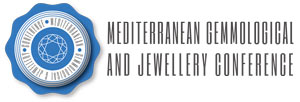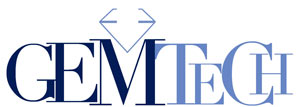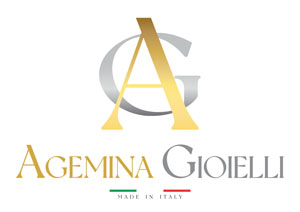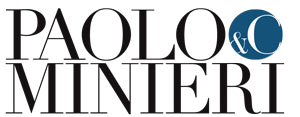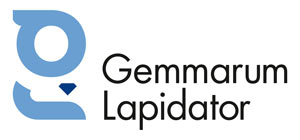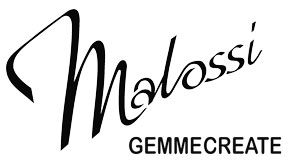The “IV National Conference Diamond and Coloured Gems: Identification, Tracing and Ethic Aspects” was held in Ferrara, Italy, on July 7-8, 2022 at Palazzo Tassoni Estense. As was the case for last edition in 2021 held in Bari, IGR promoted the event, which was well attended, contributing as Media Partner to its dissemination, at both national and international level.
Not surprisingly, in a country like Italy, which is dense with significant cultural deposits, one frequently considered aspect is the identification of gems stored in museum collections.
Giovanna Agrosì (University of Bari) has investigated in detail a type IaAB diamond donated in 1852 by Monsignor Spada to the Museum of Mineralogy of La Sapienza University in Rome. Basically, when it comes to determining the natural diamond conditions of formation a helping hand is provided by its structural defects. Needless to say the study was conducted using non-destructive techniques (RX topography providing imaging of the deformation fields associated with the defects, micro RX tomography, and RX diffraction). The gem was placed on file at the time of its introduction as coming from Brazil and described as “yellowish” with “a black substance” inside. The specimen, weighing about 1.59 carats, has a cubo-octahedral morphology, is colorless and exhibits fractures filled with dark material and colorless mineralogical inclusions, including surface metamictic haloes, in the central part. Both the study of dislocations originating from forsteritic olivine inclusions and the lack of plastic deformation suggest a lithospheric origin.

The information acquired, complemented by documented research on mining activity in Brazil since the 1700s, indicates that Brazil is the country of origin, specifically the district of Diamantina, Minas Gerais.

Maura Fugazzotto (University of Catania), using IR and Raman spectroscopy in their portable versions, worked on the gemstones set in jewelry pieces at the Diocesan Museum of Catania, specifically on some monstrances; the nature of the gemstones set on them has been disclosed, mostly beryl variety emerald, corundum variety ruby, quartz variety citrine and diamonds.
Cristina Caggiani (University of Catania), for her part, analyzed some gems, mostly silicates, that are part of the collection of the Regional Archeological Museum Paolo Orsi of Syracuse, where the previous classification was questionable. In some cases the indications of the historical catalog were confirmed, in others contradicted. In particular, the data collected proved to be useful for the separation of micro or cryptocrystalline quartz from garnets and for the correction of autopsy classification errors that in some cases reported a confusion between these two compositions.
Lucilla Fabrizi (University of Florence) has submitted to investigation by means of Micro-Raman (quickly resolving 80% of the cases), PIXE (Particle Induced X-ray Emission) and PIGE (Particle Induced Gamma-ray Emission), 53 stones belonging to the oldest core of the Medici collection. The analysis identified the presence of emerald, quartz, topaz, opal, cordierite and garnet, discriminating the geographic origin of emeralds and topazes by trace element analysis.

Article by Paolo Minieri and Stefania Coppola, published on IGR – Italian Gemological Review #15, Autumn 2022.





